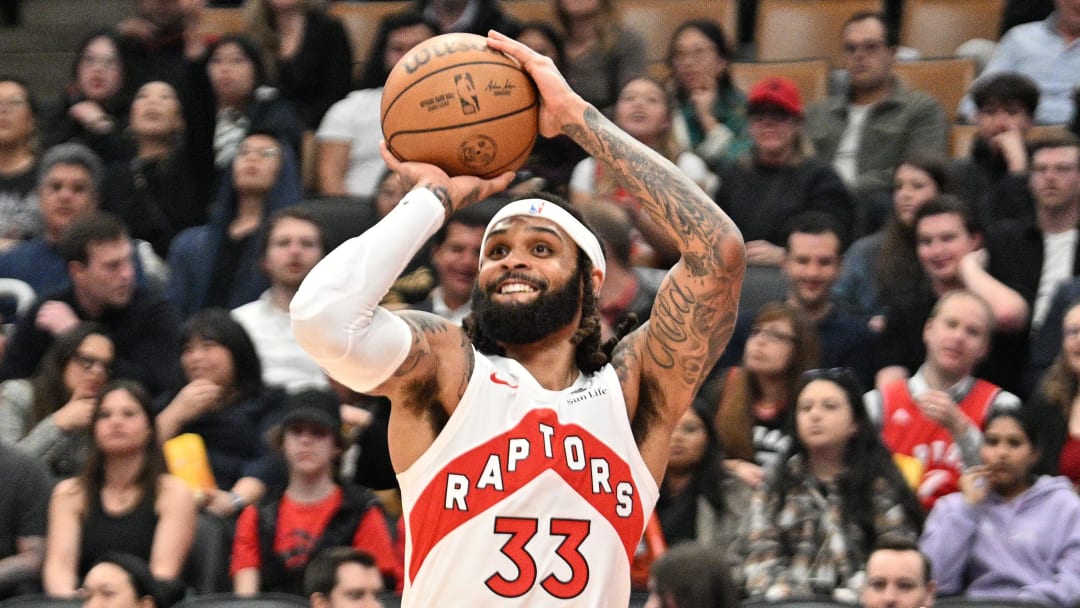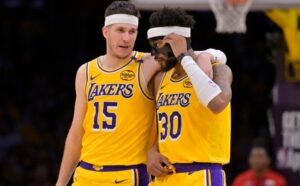
The Toronto Raptors could potentially free up nearly $30 million in salary cap space by parting ways with Gary Trent Jr. and Bruce Brown. It’s been close to ten years since the Raptors last had the financial flexibility to pursue free agents. While their previous signings using exceptions haven’t always yielded the desired results, the main obstacle to signing players in free agency has been their lack of available cap space. The last time they had such space, they signed DeMarre Carroll to a multi-year contract, a move that was widely viewed as a significant acquisition at the time, despite ultimately not panning out due to injuries.
This upcoming summer presents an intriguing opportunity for the Toronto Raptors. Despite missing out on a top pick in the recent NBA draft lottery, the Raptors now have a clear path to creating almost $30 million in salary cap space.
By parting ways with players like Bruce Brown, Gary Trent Jr., Jordan Nwora, and Javon Freeman-Liberty, Toronto could generate $29.7 million in cap space while still retaining Immanuel Quickley’s free agency rights.
With this cap space, the Raptors could potentially sign a free agent to a contract worth up to $93.7 million over three years or $127.8 million over four years. This would allow them to pursue significant talent in the free agency market, as evidenced by the fact that such an average annual salary would have been sufficient to sign most free agents last summer, with a few exceptions like Fred VanVleet, Kyrie Irving, and Jerami Grant.
However, this year’s free agency landscape presents some unique challenges for Toronto. While players like Paul George, Pascal Siakam, OG Anunoby, DeMar DeRozan, Kyle Lowry, and Jonas Valanciunas are available, it’s unlikely that they will return to Toronto. Additionally, options like Tobias Harris and Buddy Hield may not align with the specific profile the Raptors are seeking in free agency.
Patrick Williams and Isaac Okoro are both mentioned as potential targets for the Toronto Raptors, with the idea of offering them significant contracts in the hopes that their respective teams, the Chicago Bulls and Cleveland Cavaliers, choose not to match. While this strategy isn’t inherently flawed, it does carry the risk of Toronto overspending on players who may not provide commensurate value.
Alternatively, the Raptors could leverage their cap space as a trade asset, potentially acquiring draft picks or other assets by taking on the contracts of players from teams looking to shed salary. This approach has been successfully employed by teams like the Oklahoma City Thunder in the past, allowing them to accumulate future assets while providing relief to teams facing luxury tax concerns.
Ultimately, Toronto has several options to consider. They could opt to re-sign Gary Trent Jr. and retain Bruce Brown as a trade asset, utilizing their mid-level exception to sign another player to a contract worth $14.2 million next season. Alternatively, they could pursue substantial cap space for the first time in a while, providing them with flexibility and potentially opening up new avenues for roster construction.








